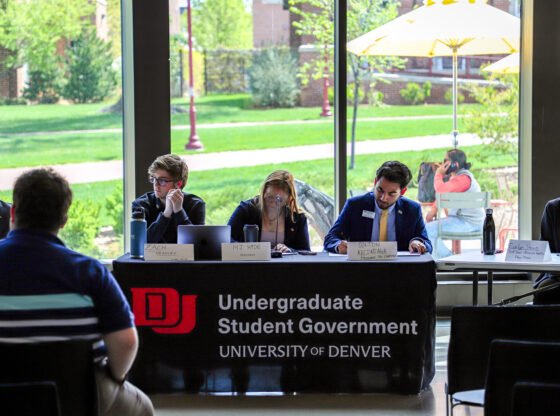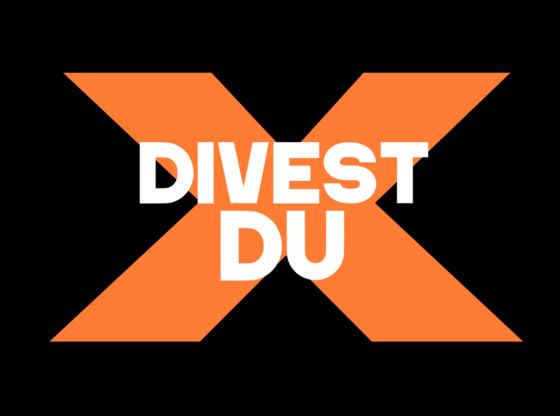As the world rang in the new year at the beginning of 2018, the U.S. reached a new milestone as the amount of student loan debt Americans hold reached $1.5 trillion. According to Comet Financial, 58 percent of Millennials, 43 percent of Generation X and 18.3 percent of Baby Boomers have student loans. Although the amount of student loan debt is higher than that of credit card debt, which reached $1 trillion in 2017, financial experts say that credit card debt should still be prioritized. No matter the type or amount of debt that DU students owe, it does not need to be frightening if they know how to manage it well.
For first-time debt holders, as many college students are, one of the most important things they can do is understand what type of loans they have taken out and when they need to pay them back. Also important is knowing what debt collectors can and cannot do as governed by the Fair Debt Collection Practices Act (FDCPA). Student loans are good starter loans, according to CNBC, which says, “Experts consider student loans to be ‘good debt’ because they are typically low cost and may have tax advantages.”
The federal government offers students two types of loans: subsidized and unsubsidized. A subsidized loan is one in which the government pays the interest while the student is still in school. An unsubsidized loan will start accruing interest as soon as it is taken out, creating a higher amount to pay back once the student graduates. Undergraduate student loans of both types currently have a 5.05 percent interest rate. Additionally, student loans do not need to be repaid until six months after the student’s graduation date.
Credit card debt is much more complicated, as there are many types of credit cards one can hold, with different interest rates, annual fees and additional requirements. The interest rate for people who do not have a credit score ranges from 15 to 25 percent, and cards typically require monthly payments.
Many financial journals and websites, such as The Motley Fool, urge debt holders to get organized and stay organized. Keeping track of what types of loans one has, the interest rates on them, the amount taken out and the payment deadlines will prevent bankruptcy, tight budgets and debt collector calls.
If debt collectors do start to call, students should consult the FDCPA guidelines if they are feeling harassed. According to the Financial Rescue LLC blog, debt collectors are not allowed to be initiating contact every day, multiple times a day. If they do, keep track of when they call and what they are saying. Additionally, debt collectors might be quick to threaten jail or other types of legal actions. However, unpaid debt is not always a violation of the law and there must always be due process before jailing becomes a legitimate option. Most debts also have a statute of limitations that, in some states, may be as low as five years.
All of these practices are good for students to start exploring while still in school so they will be prepared to pay back loans come graduation. DU’s financial aid office also offers services that help students learn about their loan options, balancing their finances and paying their debts.











